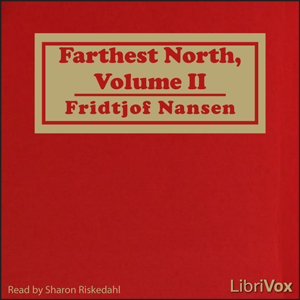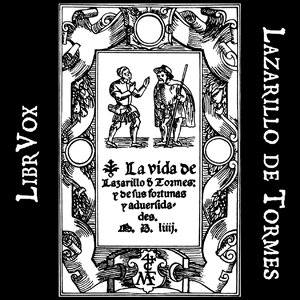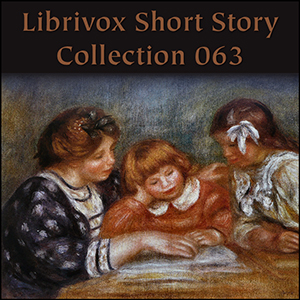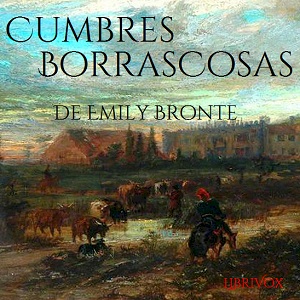The Greenstone Door is a historical novel, set between 1830-1860’s New Zealand. The main character, Cedric Tregarthen, is remembering his past, telling the story both from his vantage point as an old man remembering, and as a young man experiencing his life. The story starts with the sack of the Te Kuma pa and the death of his father, his subsequent adoption by the trader Purcell and protection of Te Waharoa. He grows up among the Maori people, with his foster sister Puhi-Huia and his friend, Rangiora. Together the three young people penetrate to a secret limestone cave, where in their fancy the stalagmites take the shapes of men and women in some drama of the future; Rangiora and Cedric end the racial hostility of their boyhood with an oath of peace, the compact of the Tatau Pounamu, that the Greenstone Door be closed. Events then move on in history, through the troubles that followed Waitangi. We see Cedric in Auckland, meeting his love interest and observing Governor George Grey at close range. When the Waikato war breaks out, his sympathies and loyalties are divided and, in theory, we are shown both sides. (http://nzetc.victoria.ac.nz/tm/scholarly/tei-SteNove-t1-body-d2-d8.html) It is worth remembering that this book was published in 1914 and holds value as an artifact of the Pakeha(1) desire to justify their place in New Zealand and to mythologize the wars for New Zealand. In reality the conflict was ‘brutal, bloody and calculated’ (RNZ). The invasion of the Waikato between 1863 and 1864 is […]




























